GIVE NOW before 2025 ends—your gift will be doubled to help children in need. Click here to 2x your impact!

Ranked nationally in pediatric care.
Arkansas Children's provides right-sized care for your child. U.S. News & World Report has ranked Arkansas Children's in seven specialties for 2025-2026.

It's easier than ever to sign up for MyChart.
Sign up online to quickly and easily manage your child's medical information and connect with us whenever you need.

We're focused on improving child health through exceptional patient care, groundbreaking research, continuing education, and outreach and prevention.
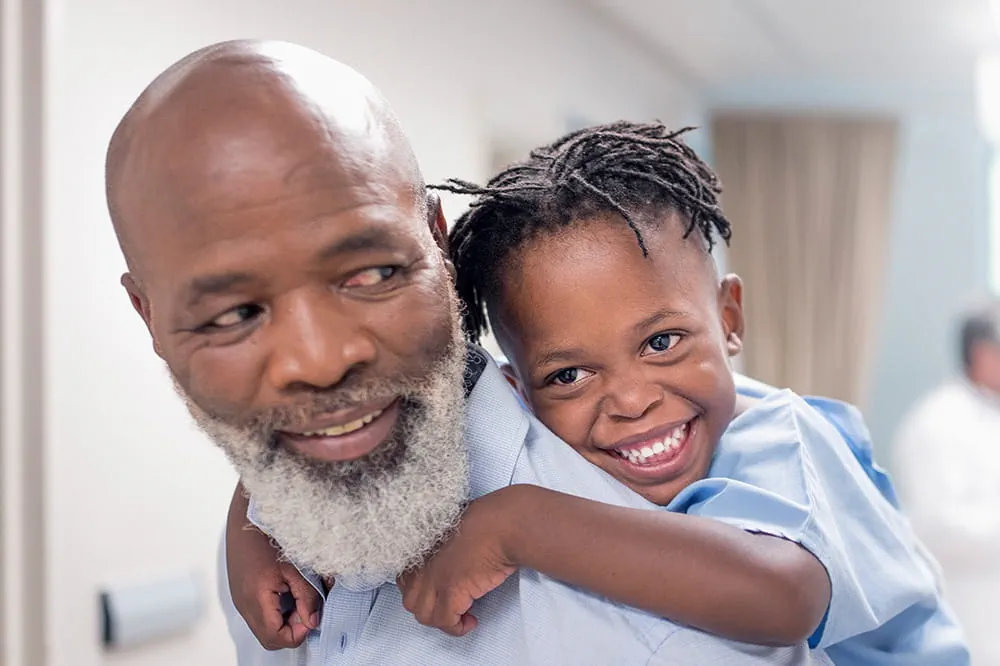
When it comes to your child, every emergency is a big deal.
Our ERs are staffed 24/7 with doctors, nurses and staff who know kids best – all trained to deliver right-sized care for your child in a safe environment.

Arkansas Children's provides right-sized care for your child. U.S. News & World Report has ranked Arkansas Children's in seven specialties for 2025-2026.

Looking for resources for your family?
Find health tips, patient stories, and news you can use to champion children.

Support from the comfort of your home.
Our flu resources and education information help parents and families provide effective care at home.

Children are at the center of everything we do.
We are dedicated to caring for children, allowing us to uniquely shape the landscape of pediatric care in Arkansas.
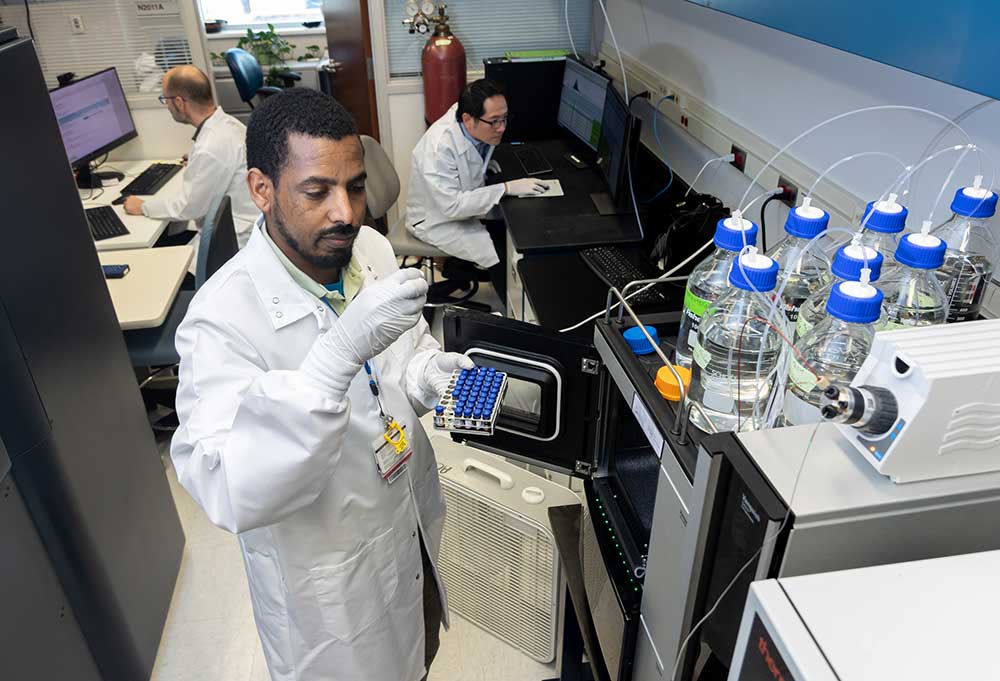
Transforming discovery to care.
Our researchers are driven by their limitless curiosity to discover new and better ways to make these children better today and healthier tomorrow.

We're focused on improving child health through exceptional patient care, groundbreaking research, continuing education, and outreach and prevention.
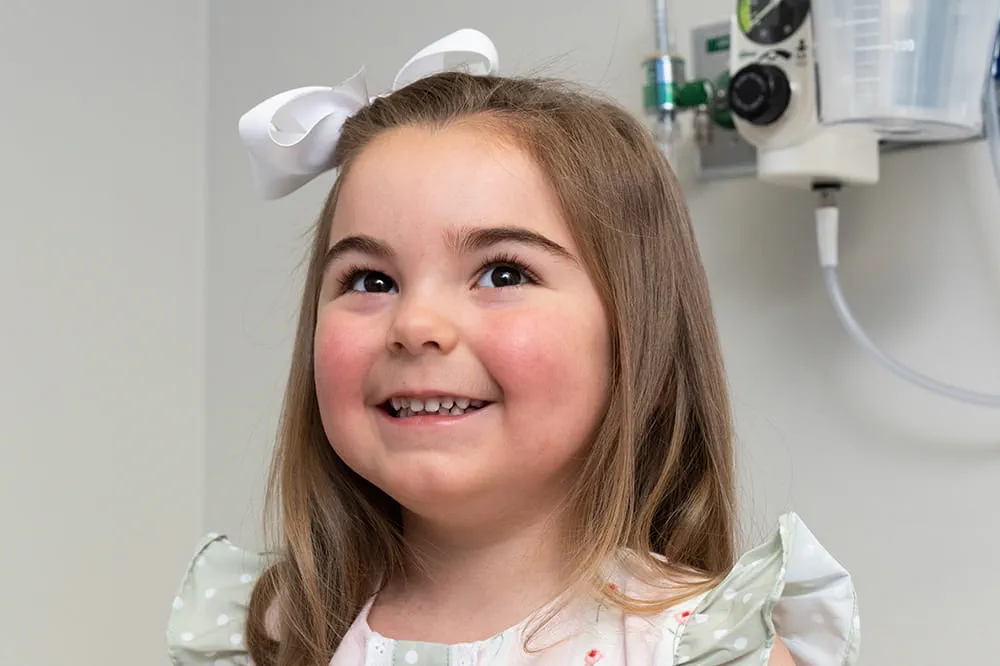
Then we're looking for you! Work at a place where you can change lives...including your own.
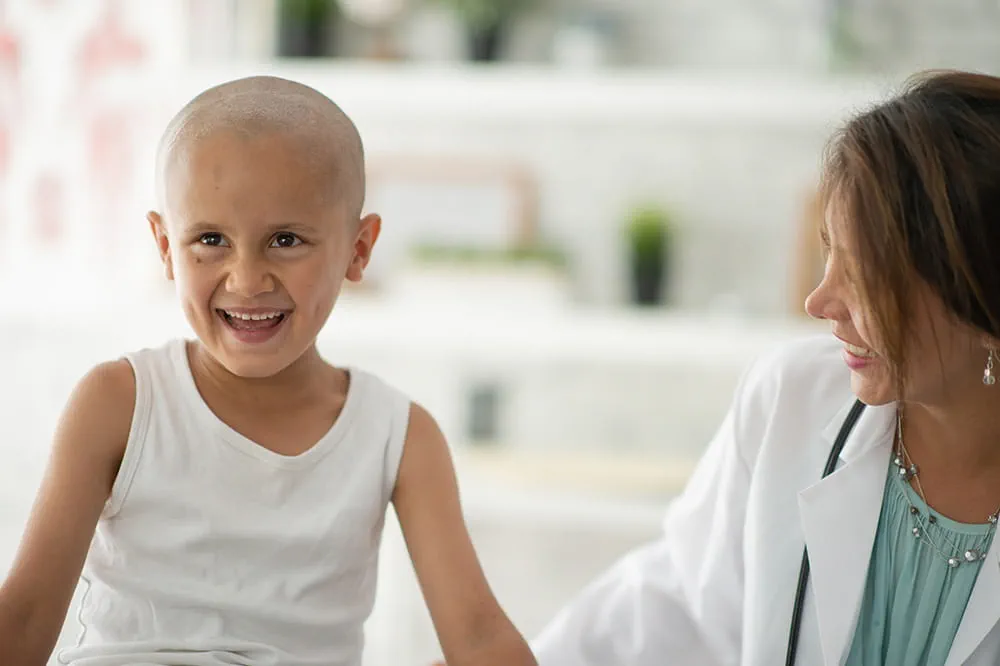
When you give to Arkansas Children's, you help deliver on our promise of a better today and a healthier tomorrow for the children of Arkansas and beyond

Become a volunteer at Arkansas Children's.
The gift of time is one of the most precious gifts you can give. You can make a difference in the life of a sick child.

Join our Grassroots Organization
Support and participate in this advocacy effort on behalf of Arkansas’ youth and our organization.

Learn How We Transform Discovery to Care
Scientific discoveries lead us to new and better ways to care for children.

Learn How We Transform Discovery to Care
Scientific discoveries lead us to new and better ways to care for children.

Learn How We Transform Discovery to Care
Scientific discoveries lead us to new and better ways to care for children.

Learn How We Transform Discovery to Care
Scientific discoveries lead us to new and better ways to care for children.

Learn How We Transform Discovery to Care
Scientific discoveries lead us to new and better ways to care for children.

Learn How We Transform Discovery to Care
Scientific discoveries lead us to new and better ways to care for children.
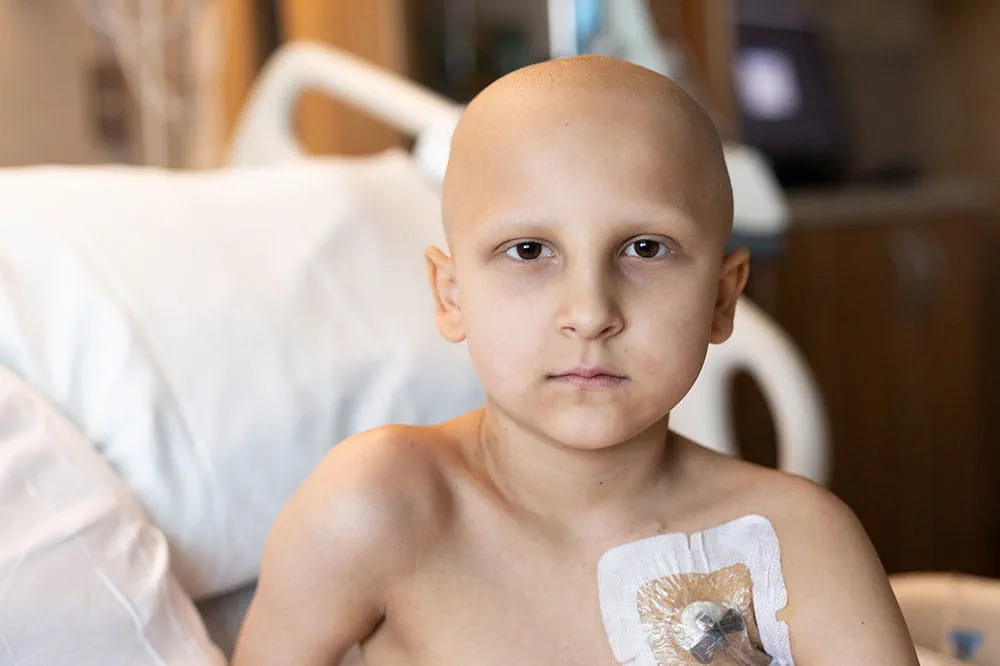
When you give to Arkansas Children’s, you help deliver on our promise of a better today and a healthier tomorrow for the children of Arkansas and beyond.

Your volunteer efforts are very important to Arkansas Children's. Consider additional ways to help our patients and families.

Join one of our volunteer groups.
There are many ways to get involved to champion children statewide.

Make a positive impact on children through philanthropy.
The generosity of our supporters allows Arkansas Children's to deliver on our promise of making children better today and a healthier tomorrow.
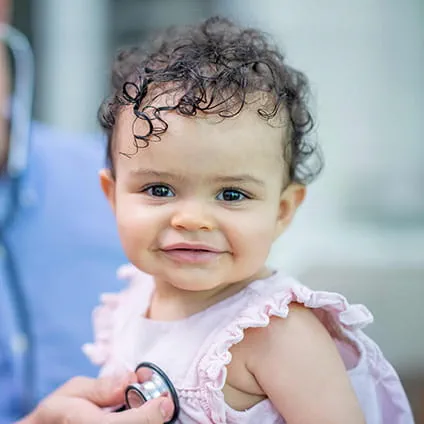
Read and watch heart-warming, inspirational stories from the patients of Arkansas Children’s.

Hello.

Arkansas Children's Hospital
General Information 501-364-1100
Arkansas Children's Northwest
General Information 479-725-6800

Birthmarks
What is a birthmark?
A birthmark is a raised or flat discoloration that is on a baby’s skin at birth or shortly after birth. Birthmarks come in a variety of shapes, sizes and colors that can range from brown or black to red, pink or purple.
There are two major types of birthmarks, pigmented birthmarks and vascular birthmarks.
- Pigmented birthmarks include moles, café-au-lait spots, and Mongolian spots. They occur from an overgrowth of the pigment cells in the skin.
- Vascular birthmarks include hemangiomas, capillary malformations (port-wine stains) and macular stains (salmon patches). are caused when blood vessels under the skin don’t form correctly.
Some birthmarks fade or get smaller over time. In most cases, birthmarks do not cause any other health problems and do not need treatment. In rare cases, a birthmark can be the sign of another condition, such as neurofibromatosis, Sturge-Weber syndrome, Klippel-Trenaunay syndrome or other syndromes.
Many vascular birthmarks are now called “vascular anomalies.” Although most vascular birthmarks are benign, they are signs of a more complex condition or deeper vascular malformation. We recommend evaluation by your primary care specialist and seek a referral to our Vascular Anomalies Center if the diagnosis or extent of the lesion is unclear.
What are the signs and symptoms of birthmarks?
Birthmarks can vary greatly in shape, size and color.
- Moles are brown spots that can appear anywhere on the body. They are very common.
- Café-au-lait spots can be anywhere on the body and are the color of milky coffee. (If your child has more than five or six of these spots, they should be screened for a condition called neurofibromatosis.)
- Mongolian spots are large, blue-gray patches that may look like bruises. They usually appear on the lower back or buttocks. Mongolian spots are most common on darker skin. They usually fade without treatment.
- Hemangiomas or “strawberry birthmarks” are usually bright red and may be slightly raised. Some deep hemangiomas can look blueish or bruised. Hemangiomas in children usually grow quickly in the first few months and then start to fade and shrink by age 5.
- Capillary malformations are also called port-wine stains because they look like patches where wine was spilled on the body. They are most often found on the face or neck, but can be located anywhere on the body. They tend to darken over time and do not go away on their own.
- Macular stains, also known as or salmon patches or stork bites, are pink or light red marks that appear on the face or the back of the head or neck. Most fade by adulthood.
What causes birthmarks?
Experts don’t know what causes most birthmarks to form. They are not caused by anything during pregnancy or birth.
How are birthmarks treated?
In most cases, birthmarks do not cause any problems and do not need treatment. In some cases, dark birthmarks on the face or neck may be treated with laser therapy to help them fade. Your care team at Arkansas Children’s is experienced in seeing and diagnosing birthmarks in children and can answer any questions about your child’s condition.
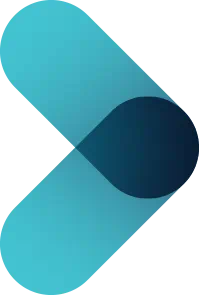
Appointments
New and existing patients can visit our appointment hub for several ways to request an appointment, including online scheduling for many services.
Request an appointment
